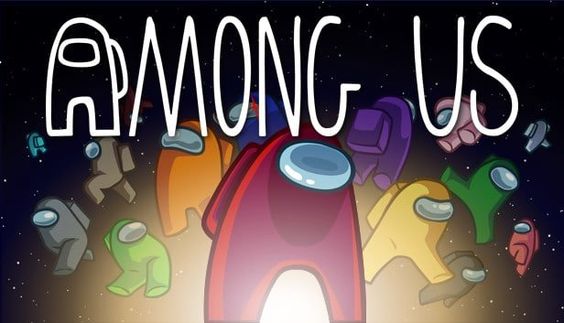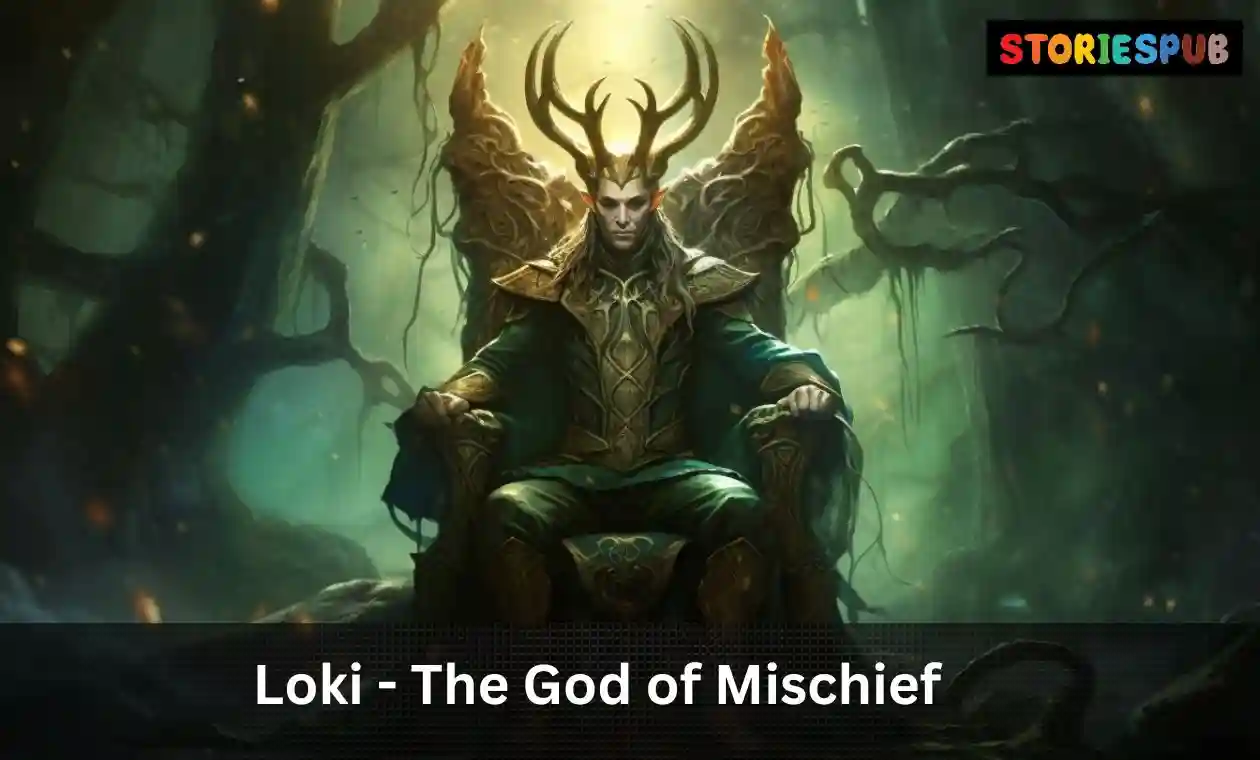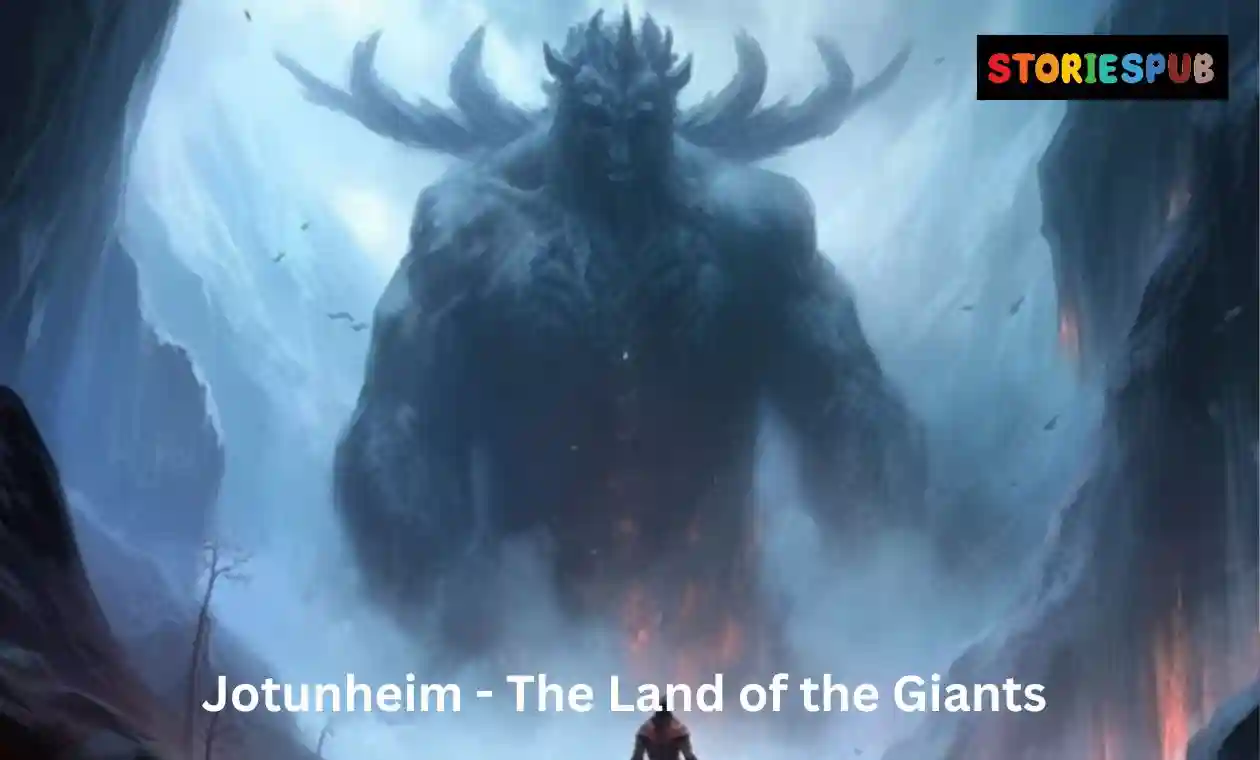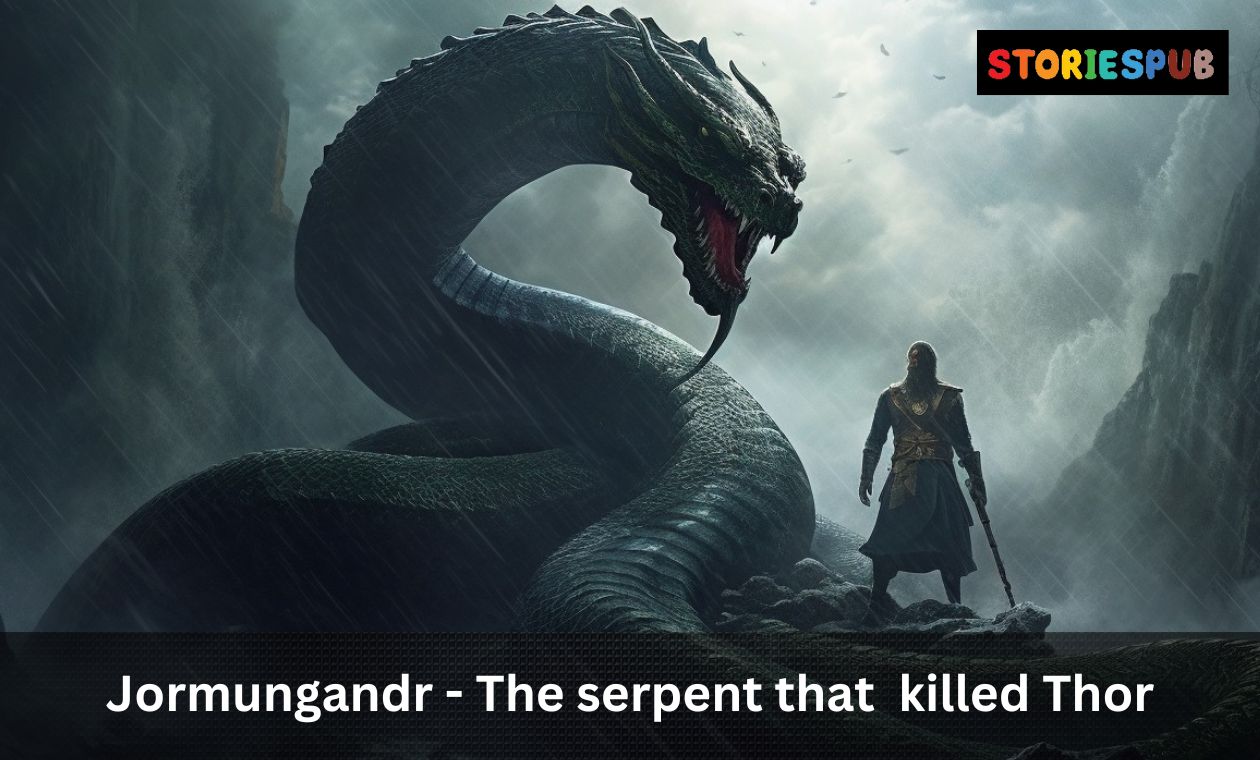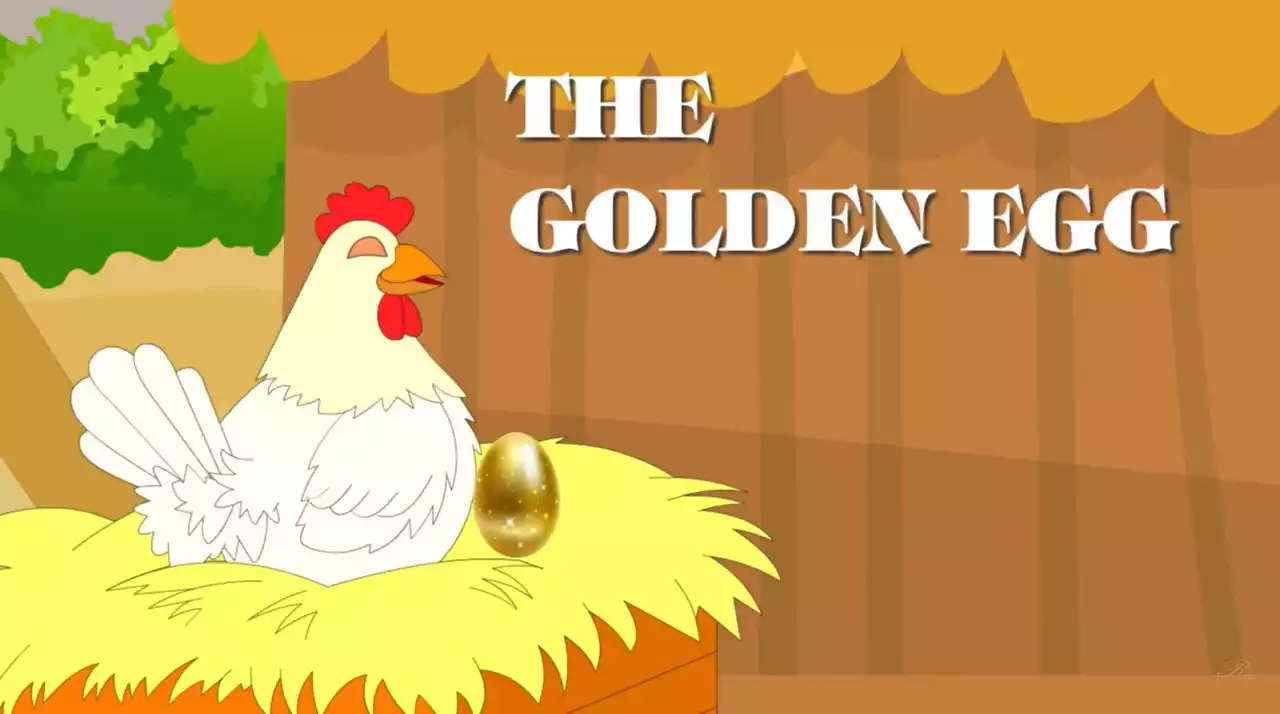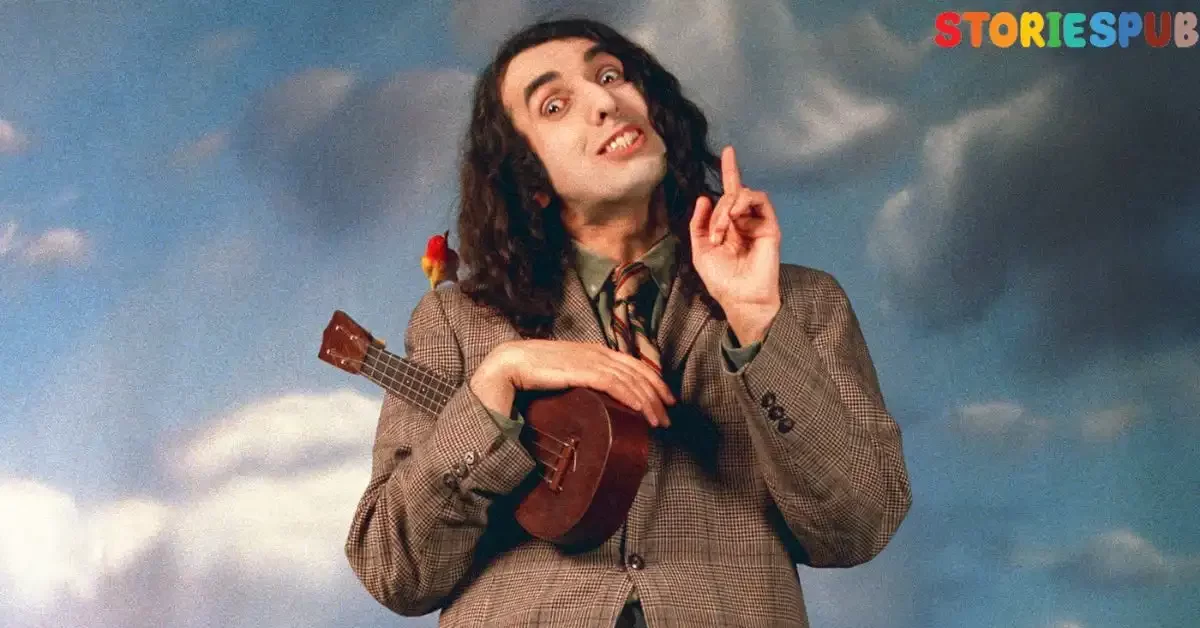Midgard: The World of Humans in Norse Mythology
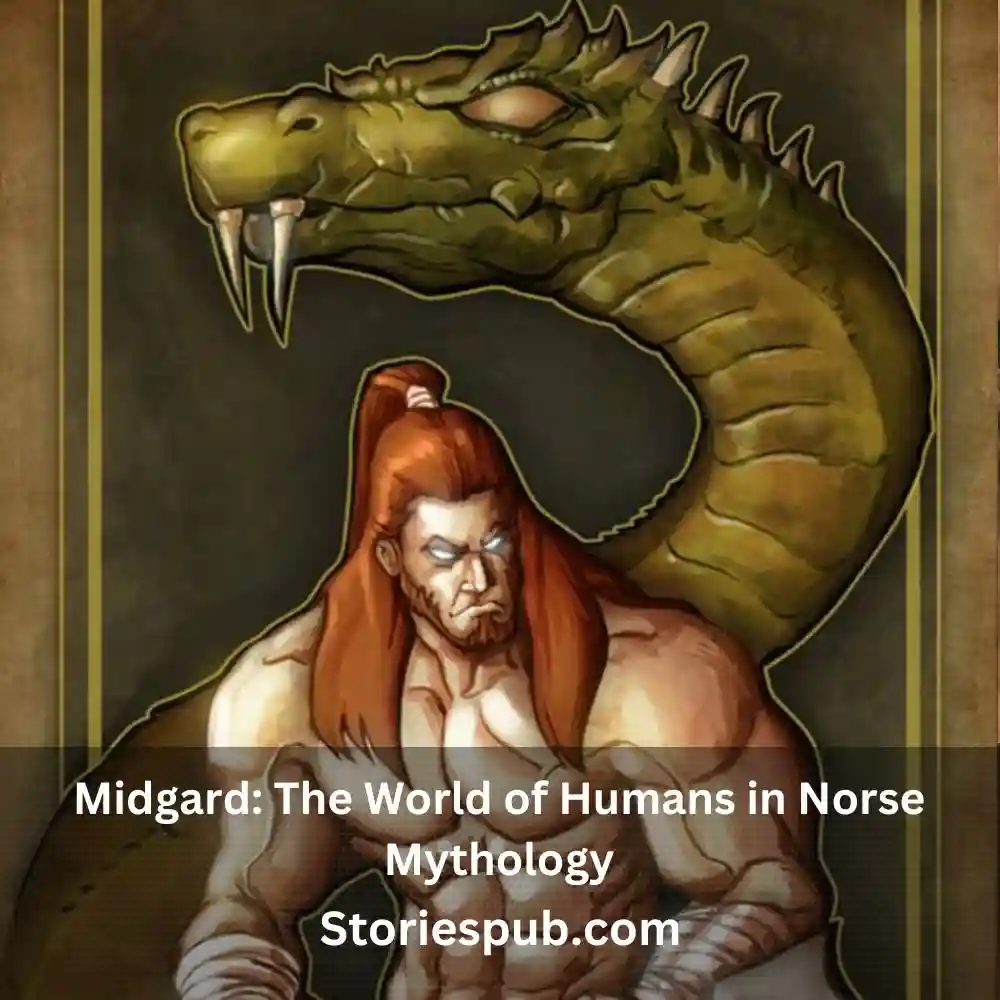
Image Credit : Pinterest
An Introduction to Norse Mythology and Midgard
Norse mythology is a complex system of beliefs and stories that originated in Scandinavia during the Viking Age. It is a rich tapestry of gods, goddesses, monsters, and heroes that still captivates people today.
At its core, Norse mythology is an attempt to explain the world around us – how it was created, why things happen the way they do, and what happens when we die. Midgard, which means “middle-earth” in Old Norse, is the world of humans.
According to Norse mythology, it was created by Odin and his brothers Vili and Ve from the body of a giant named Ymir. Midgard is surrounded by Jotunheim (the land of giants) to the east, Svartalfheim (the land of dwarves) to the north-east, Alfheim (the land of elves) to the south-east, and Asgard (the realm of the gods) above.
The Gods and Giants
The gods play a central role in Norse mythology. There are many deities in this pantheon – some are minor figures while others are major players with entire myths revolving around them.
Odin is perhaps the most well-known god; he is often portrayed as an old man with one eye who travels on an eight-legged horse named Sleipnir. Giants are another important group in Norse mythology.
They are often depicted as forces of chaos or destruction who threaten to upset the balance between order and chaos that underpins existence itself. Many myths involve conflicts between gods and giants – battles that represent humanity’s struggle against existential threats.
Ragnarok: The End Times
Ragnarok is one of the most famous events described in Norse mythology. It is a prophecy about the end of the world and the eventual destruction of all life. At Ragnarok, the gods will fight against their enemies – primarily Loki and his monstrous children – in an epic battle that will result in the deaths of many gods and giants.
The world will be consumed by fire, and only two humans (Lif and Lifthrasir) will survive to repopulate it. The story of Ragnarok is a reminder that all things must come to an end eventually, even if they seem eternal.
The Role of Humans
Humans play a significant role in Norse mythology. Unlike gods or giants, humans are not immortal or perfect; they are flawed creatures who are subject to both good and bad luck.
Despite this, humans are considered important because they possess free will – something that even the gods do not have. In Norse mythology, human actions have consequences that ripple throughout existence.
Humans can choose to act bravely, foolishly, or selfishly – their choices shape their fate and sometimes even affect that of the gods themselves. This emphasis on human agency reflects a belief in personal responsibility for one’s actions.
The Importance of Nature
Nature is an integral part of Norse mythology. The natural world is seen as sacred – a reflection of divine order that underpins everything else. Mountains, rivers, forests, and animals all have their own spirits or deities associated with them.
Norse mythology encourages reverence for nature; it reminds us that we are not separate from it but rather part of it. This same idea can be found in many other traditional belief systems around the world; it speaks to a deep-seated human need to connect with something larger than oneself.
Understanding Norse mythology requires delving into its complex system of beliefs about creation, destruction, fate destiny- both for gods and humans alike- as well as its emphasis on the importance of nature. Midgard, the world of humans, is a significant part of this mythology and a reminder that even though we are mere mortals, our actions have the power to shape the world around us.
Creation of Midgard
In Norse mythology, the story of creation begins with a vast void called Ginnungagap, which means “yawning chasm.” From this void came two worlds – Muspelheim, a realm of fire and heat, and Niflheim, a realm of ice and cold. These two worlds collided and created a giant named Ymir. Ymir was the first being in the universe, and from his sweat emerged more giants.
Eventually, Odin and his brothers Vili and Ve decided to kill Ymir to create order in the universe. They used Ymir’s body to create various parts of the world we know today.
Description of Creation Story
The creation story in Norse mythology is complex and intricate. According to one version, Odin’s brothers Vili and Ve helped him slay Ymir, whose blood flooded Ginnungagap. The three gods then used Ymir’s body to create different parts of the world.
To form Midgard specifically, Odin took an ash tree known as Yggdrasil from Asgard (the realm of gods) into Ginnungagap. He placed it strategically so that it spanned across all nine realms within Norse mythology – including Midgard – tying them all together.
The brothers then used pieces of driftwood that washed up on their shore to create humans. They gave humans life by giving them souls called “önd.” They also gave humans free will but warned them not to question their creators or they would face dire consequences.
Role of Odin,Vili,and Ve in creating Midgard
Odin is known as the All-Father or chief god among Norwegians. He had many responsibilities such as being the god of war, death wisdom poetry, and magic. In creating Midgard, Odin played a crucial role in deciding its location and position in the universe.
He also brought Yggdrasil to connect all the nine realms and created life through humans. Vili and Ve are lesser-known gods who aided Odin in creating Midgard.
Vili means “will,” while Ve means “sanctity” or “holiness.” Together, they helped Odin create different parts of the world using Ymir’s body. In Norse mythology, the creation of Midgard sits at the center of a vast interconnected universe.
It is further linked to other realms through Yggdrasil, a tree that brings together all nine worlds. The creation story itself is both intricate and intriguing with various players contributing to its formation.
Odin’s role as chief god is central to this story, but he couldn’t have done it alone without his brothers Vili and Ve. The three together have laid the foundation for various myths that explore themes such as mortality, free will, fate, and destiny.
Geography and Environment
Midgard is the world of humans in Norse mythology, and it is situated between the realm of the gods and the realm of ice giants. The geography and environment of Midgard are a reflection of ancient Norse beliefs about the nature of humanity’s place in the world.
Overview of Physical Features
Midgard is described as a vast island surrounded by water known as the “Great Sea.” According to Norse mythology, four rivers flow from each corner of Midgard, and they meet in its center to form a great sea serpent known as Jörmungandr. Mountains, forests, rivers, lakes, and plains are all prominent features in Midgard.
In Norse cosmology, there are nine worlds that comprise everything that exists. Midgard is located at the center of these nine worlds.
The Climate of Midgard
The climate in Midgard varies depending on where you are located within its borders. It is believed that during ancient times, Scandinavia had a warmer climate than it does today because there were no ice sheets covering large parts of northern Europe. The weather in Midgard was an important aspect for ancient Nordics because it determined how long they could grow crops and what animals they could raise for food.
Importance of Nature
Nature played an important role in Norse mythology because it was believed to be inhabited by various spirits or beings such as elves and dwarves who controlled natural phenomena. For example, Thor was associated with thunderstorms while Freyja was associated with fertility and agriculture. Odin himself is often associated with ravens who fly over battlefields collecting information about potential warriors who will die there.
The importance placed on nature led to respect for its power but also fear if something went wrong such as storms or droughts which were thought to be caused by supernatural forces beyond human control. This respect for nature is evident in various cultural practices such as the use of runes which were believed to have magical powers that could control the forces of nature.
Natural Elements in Norse Mythology
In Norse mythology, natural elements such as fire, water, air and earth are personified and considered to be powerful entities. Fire is associated with destruction and rebirth; water represents mystery and transformation; air symbolizes freedom and inspiration while earth represents growth, stability and nourishment.
These natural elements are often attributed to different gods or goddesses such as Loki who is associated with fire or Njord who is connected to water. The use of these elements was critical for human survival in ancient times when they had no electricity or modern technology.
For instance, fire was used for warmth during cold winters, cooking food or lighting up places at night. The geography and environment of Midgard are a reflection of ancient Nordic beliefs about humanity’s place in the world.
The climate shapes people’s way of life while their relationship with nature provided them with a source of power and fear. Natural elements played an important role in Norse mythology through their association with different gods or goddesses who were believed to control them.
Humans in Midgard
Life, Death, and Destiny
According to Norse mythology, humans were created from the ash tree and the elm tree by Odin, Vili, and Ve. This creation story highlights the importance of humans in Norse mythology as they were created intentionally by the gods.
Humans are viewed as mortal beings with a predetermined destiny that is shaped by their behavior during life. The afterlife for humans was divided into several realms including Valhalla for warriors who died in battle and Helheim for ordinary people who died of natural causes or sickness.
Morality was highly valued in Norse mythology, and it was believed that good deeds during life could determine one’s final destination after death. Courage and loyalty were highly prized traits among Vikings, and those who displayed these qualities often found a place in Valhalla alongside Odin.
Relationships with Other Beings
Humans coexisted with other beings such as giants, dwarves, elves, trolls, and gods in Midgard. These relationships were not always peaceful as some beings sought to harm or enslave humans while others offered protection or guidance. One example of a positive relationship between humans and other beings was that between Thor (a god) and his human companions.
Thor often traveled through Midgard with his human friends seeking adventure or battling evil creatures such as giants or trolls. In return for their loyalty and bravery, Thor provided them with protection from harm.
Purpose in Life
For Vikings living during the time when Norse mythology was prevalent, life had a clear purpose – to live honorably according to the code of conduct set forth by their society. This code included values such as courage, loyalty to family and community, hospitality towards guests, generosity towards friends and kinfolk.
The belief that each person has a predetermined destiny also gave meaning to one’s life as their actions during life could determine their ultimate fate. This meant that even ordinary people could strive to live honorably knowing that their actions would be remembered and judged after death.
Gender Roles
Gender roles in Norse society were clearly defined, with men being viewed as warriors and protectors while women were caretakers of the home and family. However, women still played an important role in society and were highly respected for their wisdom and abilities. For example, the goddess Freyja was revered for her beauty, fertility, and magical powers.
She was also a warrior who rode into battle on a chariot pulled by cats. Women also served as seers or wise women who provided guidance to their communities through divination or prophecy.
Impact on Culture Today
Norse mythology continues to influence modern culture through various forms of media such as literature, film, television, video games, music, etc. The values of courage and loyalty remain important today as a source of inspiration for many people. The popularity of Marvel’s Thor franchise has brought Norse mythology into the mainstream in recent years with its portrayal of the god of thunder battling evil forces alongside his human friends such as Jane Foster. This has created a renewed interest in Norse mythology among younger generations who may not have been previously exposed to this rich cultural tradition.
Humans played a significant role in Norse mythology with beliefs about behavior during life shaping one’s destiny after death. Morality was highly valued while relationships with other beings varied from positive to negative depending on the individual’s actions.
Gender roles were clearly defined but women still held important roles in society as seers or wise women. The impact of Norse mythology continues today through popular media which has brought this rich cultural tradition to new audiences around the world.
Creatures and Beings in Midgard
Mythical Creatures of Midgard
In Norse mythology, the world of Midgard was not only populated by humans but also various creatures including giants, dwarves, elves, and other mythical beings. Giants were believed to be the enemies of the gods while dwarves primarily worked as craftsmen. Elves were typically associated with beauty and gracefulness.
These creatures played vital roles in shaping Norse mythology’s themes and beliefs. Giants were among the most notable creatures in Norse mythology.
They often represented chaos and destruction, while humans represented order and civilization. The most famous giant was Ymir, who was believed to have been slain by Odin, Vili, and Ve at the beginning of time to create Midgard from his body parts.
Another well-known giant was Jotunheimr’s ruler Utgard-Loki who was known for his trickery. Dwarves were also prominent in Norse mythology due to their exceptional crafting abilities.
They created many magical items such as Thor’s hammer Mjolnir and Odin’s spear Gungnir. They were known for their love of gold and treasure but also had a reputation for being secretive and difficult to interact with.
Elves were regarded as beautiful beings associated with wisdom, magic, poetry, healing powers among others- all characteristics that set them apart from humans or giants or dwarfs in Norse mythology. Elves typically resided in forests or mountains where they could meditate undisturbed- away from human civilizations.
Relationships between Creatures & Humans
Norse mythology believed in interaction between gods/creatures/beings/elements with human beings- both positive as well negative interactions. The relationship between giants/dwarfs/elves with humans varied throughout Norse mythological stories depending on circumstances. For instance:
– The god Thor frequently interacted with giants, either to challenge them in battle or to barter for treasures. In some stories, he even married a giantess named Jarnsaxa.
– Dwarves were known to be in close contact with humans, often forging weapons and other important items for them. But sometimes they could also be mischievous and tricky, leading humans into traps or tricking them out of their possessions.
– Elves were believed to have protected humans at times of war and famine; providing food, shelter as well as healing powers. The relationships between creatures & humans were not always peaceful that led to conflicts between the groups.
For example, the gods and giants had an ongoing feud that would eventually lead to Ragnarok – a catastrophic event that would mark the end of the world. Midgard was home not only to humans but a variety of creatures with varying roles and relationships amongst each other.
These beings are significant in Norse mythology due to their impact on human life as well as cultural beliefs surrounding them. The relationship between these creatures/the gods/humans is one of cooperation and conflict – demonstrating how even mythical beings are prone to human-like behavior in Norse mythology.
The End of Midgard: Ragnarok
The Norse mythology is full of stories that are both fascinating and terrifying. One such story is the prophecy about the end of the world, also known as Ragnarok.
The events leading up to the end times were described in detail in ancient texts, including the Poetic Edda and Prose Edda. The following section will explore the prophecy about Ragnarok and how it affects Midgard and its inhabitants.
Explanation of the Prophecy
According to Norse mythology, Ragnarok is a series of events that lead to the destruction of all things in existence, including gods and humans. The main cause of this event is a battle between two groups – gods vs. giants – that takes place on an enormous plain called Vigridr.
This epic battle features gods such as Odin, Thor, and Freyr fighting against giants like Jormungandr (the giant serpent), Fenrir (the giant wolf), and Surtr (the giant with a flaming sword). The prophecy states that several natural disasters will signal the arrival of Ragnarok.
A great winter known as Fimbulwinter will precede it where snowstorms rage across Midgard for three years without stopping. Three roosters – one from Helheim, another from Jotunheim, and one from Asgard – will crow at once to signal the beginning of Fimbulwinter.
The Effects on Midgard
The end times would affect all worlds within Norse mythology, including Midgard itself. At first glance, it may seem like humans have no role in this epic battle between gods and giants; however, according to Norse mythology humans play an integral part in this final confrontation. During Ragnarok’s events, there will be many signs throughout Midgard indicating its end is near – including earthquakes and wars between nations – which leads to a general feeling of unease and dread.
The great serpent Jormungandr will rise from the ocean, causing massive tidal waves and flooding across the land. Meanwhile, Fenrir will break free from his chains and fight with Odin, ultimately killing him.
The Aftermath
After the destruction of Midgard and all other worlds, a new world will emerge. This new world is described as a place of peace where humans live in harmony with nature.
Two survivors from Ragnarok – Líf and Lífþrasir – are said to repopulate this new world. Ragnarok is an event that instills both fear and hope within Norse mythology.
While the end times would be a time of great destruction, it is also believed that it marks the beginning of a new era where humans can truly thrive in peace. Despite this bleak prophecy, many scholars believe that this duality adds depth to Norse mythology’s beliefs about human destiny.
Conclusion
Ragnarok is one of Norse mythology’s most intriguing stories due to its complex implications about humanity’s role in the universe. The belief that humans have an active role in shaping their destiny during such catastrophic events add depth to our understanding of ancient beliefs about human nature and morality. It also reminds us that all things must come to an end eventually; however, there is always hope for rebirth or renewal after such destruction – a message still relevant today amidst our current global challenges.
Legacy and Influence on Culture
Norse mythology has had a considerable impact on popular culture, influencing literature, film, art, and other aspects of modern society. Its rich tapestry of myths and legends has inspired countless works of fiction and entertainment, captivating audiences around the world.
Influence on Literature
Norse mythology has been a significant source of inspiration for many writers throughout history. From J.R.R. Tolkien’s “The Lord of the Rings” to Neil Gaiman’s “American Gods,” many authors have drawn upon Norse myths to craft their own stories.
The popularity of Viking-themed historical fiction has grown considerably in recent years, with authors such as Bernard Cornwell and Conn Iggulden writing bestselling novels set in Viking Age Scandinavia. The enduring appeal of these stories lies not only in their depiction of fierce warriors and epic battles but also in their exploration of themes such as honor, loyalty, and fate – all central tenets of Norse mythology.
Influence on Film
The Marvel Cinematic Universe’s “Thor” franchise is perhaps the most well-known example of Norse mythology’s influence on film. The movies’ portrayal of Thor as a superhero battling against villains from Asgard has introduced millions to characters such as Loki, Odin, and Heimdall.
Other films have also drawn upon Norse mythology for inspiration. For instance, “The 13th Warrior” stars Antonio Banderas as an Arab ambassador who joins forces with a group of Vikings to fight against a supernatural enemy; while “Beowulf” retells the epic Anglo-Saxon poem through the lens of 3D animation.
Influence on Art
Norse mythology has long been a popular subject among artists throughout history. From medieval tapestries to contemporary street art, artists have used Norse myths and legends to create stunning works of visual art.
The art of the Viking Age itself is also a testament to the influence of Norse mythology on Nordic culture. The intricate designs found on weapons, jewelry, and other artifacts often depict scenes from mythology or incorporate symbols such as Thor’s hammer (Mjölnir) or Odin’s ravens (Huginn and Muninn).
Controversies
Despite its widespread popularity in modern times, Norse mythology has also sparked some controversies. Some critics have accused certain works of exploiting Viking imagery for nationalist or racist purposes, while others have criticized the portrayal of Norse gods in popular culture as too simplistic or inaccurate.
For example, Neil Gaiman’s “American Gods” has faced criticism from some quarters for its depiction of Odin as a mysterious con man who drives a Cadillac (among other things). Some scholars argue that this portrayal is overly simplistic and fails to capture the complexity and depth of Odin as a character in Norse mythology.
Conclusion
Norse mythology’s enduring legacy demonstrates its continued relevance to modern society. Its influence can be seen in literature, film, art, and popular culture more broadly. While debates may continue over its interpretation and accuracy in popular culture, there is no doubt that this rich tapestry of myths and legends will continue to captivate audiences for generations to come.
Conclusion
Throughout Norse mythology, Midgard served as the world of humans and was believed to be located in the center of the universe. The creation story shows the significance of Midgard as one of the nine worlds that were brought into existence by Odin, Vili, and Ve. The geography and environment of Midgard were shaped by natural elements such as wind, water, and fire that were believed to have their own spirits or gods.
Humans played an important role in Norse mythology as they were viewed as both mortal beings with free will and divine creatures created by gods. The various creatures and beings that inhabit Midgard reflect ancient beliefs about nature and humanity’s place in it.
Giants represented chaos and destruction while dwarves were associated with craftsmanship and magic. Elves symbolized beauty, grace, wisdom, and mystery while trolls represented malevolence towards humanity.
These creatures all had relationships with humans that often resulted in conflict or cooperation. The prophecy about Ragnarok shows how Norse mythology believed that all things must come to an end, including the world of humans.
However, even though this end would involve great suffering for many beings including humans themselves, it also represented a new beginning where good would triumph over evil. This cycle was seen as necessary for growth and renewal.
Understanding the complete story of Midgard provides insight into ancient beliefs about humanity’s place in the world. It highlights how humans are intertwined with nature through myths about creation stories, environmental factors shaping geography like wind or water having their own spirits or gods who represent different aspects such as beauty or destruction (elves vs giants), reflecting ideas on morality based on human behavior reflecting divine characteristics like wisdom/mystery vs malevolence towards others (dwarfs vs trolls).
Through these stories we can gain further understanding into our own world views by exploring similarities between ourselves today versus those living centuries ago when these stories originated from. Overall we can take away an optimistic spin on the material that highlights the importance of cycles and renewal in our worldviews.
Just as Norse mythology believed in the cycle of creation, destruction, and rebirth we too can think about how change is a constant in our lives and that even if something ends there is always potential for something new to emerge. This can provide solace during times of uncertainty or stress by reminding us of the resilience of humanity throughout history.
Hey kids, how much did you like The Midgard: The World of Humans in Norse Mythology? Please share your view in the comment box. Also, please share this story with your friends on social media so they can also enjoy it, and for more such Norse Mythology, , please bookmark storiespub.com.
Related Post :
Midgard FAQ
What is the significance of Midgard in Norse mythology?
Midgard represents the world of humans and the importance of humanity in Norse culture.
What are some other worlds in Norse mythology besides Midgard?
There are several other worlds in Norse mythology, including Asgard, the realm of the gods, and Jotunheim, the realm of the giants.
Is Midgard worshipped in modern times?
Midgard is not worshipped as part of any organized religion in modern times, but it is still studied and appreciated by scholars and enthusiasts of Norse mythology.
Are there any stories involving Midgard?
Midgard appears in several Norse myths, including one in which the god Thor must protect Midgard from the giant serpent Jormungandr.
What is the significance of Midgard's role in Norse mythology?
Midgard represents the importance of humanity and the role of humans in the natural world in Norse culture.
Are there any symbols associated with Midgard?
Midgard is often associated with the image of the world tree, Yggdrasil, which connects the different realms of Norse mythology, as well as with the concept of balance and harmony.
Is Midgard similar to other worlds in other mythologies?
The concept of a world of humans is found in many mythologies throughout the world, and there are some similarities between Midgard and other worlds of humans, such as the Hindu world of Bhuloka and the ancient Greek world of mortals.
Are there any modern adaptations of Midgard in popular culture?
Midgard has been adapted in various forms in popular culture, including in video games, comic books, and television shows. It is often portrayed as a rich and diverse world with many different cultures and peoples.
What is Midgard's relationship with the other realms in Norse mythology?
Midgard is said to be connected to the other realms of Norse mythology through the world tree, Yggdrasil, and is often considered to be the most important realm because of its connection to humanity.






